A good noir story is often inevitable. In the world of grizzled detectives and shady alliances, the story is almost always about the journey rather than the destination. That’s because for most noir stories, you’ll likely have figured out the ending fifteen minutes into the tale. Yet that doesn’t matter because a noir story, a good noir story, entrances you to such an extent that you need to see how that conclusion is reached.
As a narrative, Backbone falls into this category of post-noir, which is really just a fancy title for a cynical detective story told after the 1950s. The game presents a rich world populated with intriguing characters and a story that remains compelling through it’s twists and turns because of those well-realised characters. It’s just a pit that the actual game portions of Backbone are so limited one has to wonder why it couldn’t have been a graphic novel instead.
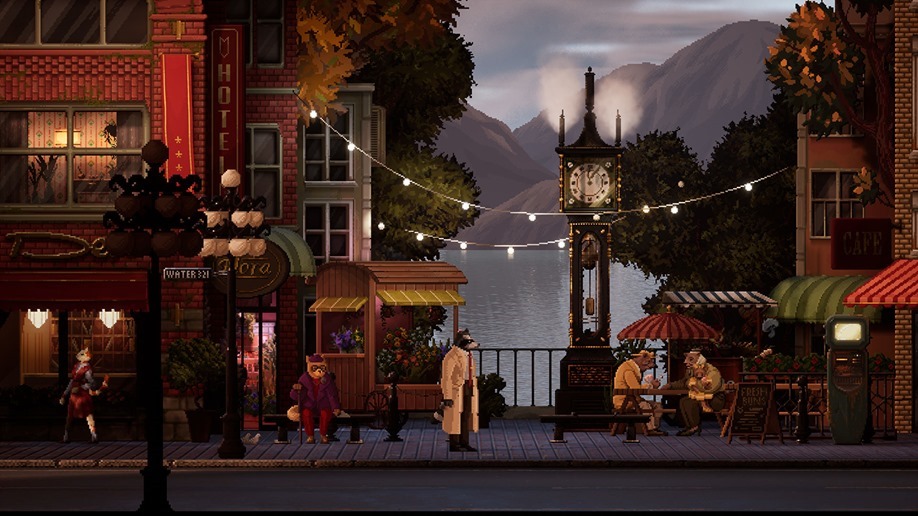
Players will assume the role of Howard Lotor, a raccoon detective living in a dystopian realisation of Vancouver populated by anthropomorphic animals. Howard’s a good kid and an okay private eye who’s thrust into the most dangerous case of his life after witnessing something she shouldn’t have. Backbone tasks players with exploring their environment for clues, sneaking around hostile areas and having many, many conversations with the citizens of the city. Backbone makes a strong initial impression based entirely on its art style. While pixel art is quickly becoming stale, Backbone’s visual flair and eye for animation is gorgeous. The streets of Gastown, Science Town and a host of other locales pop and move like paintings running on electricity. The art direction and execution are stunning, as is the game’s writing.
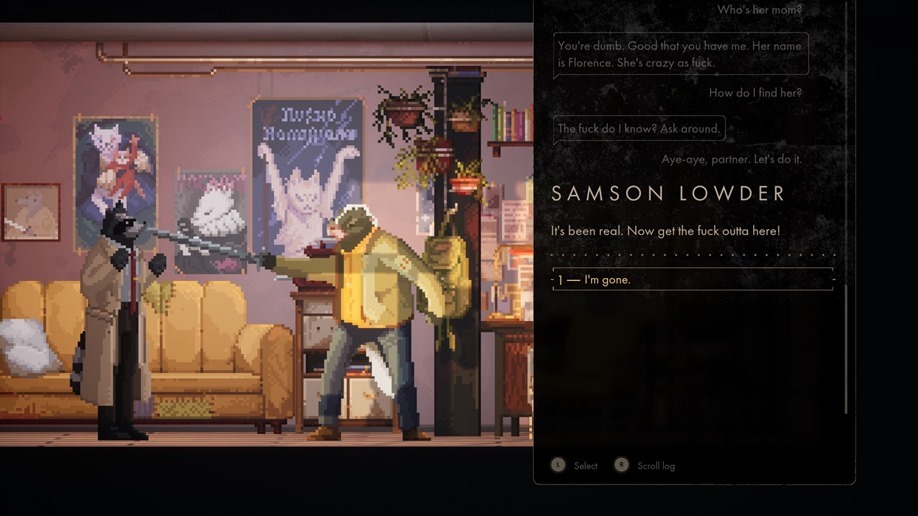
The individual character writing in Backbone is compelling from start to finish. Howard is so easy to sympathise with due to how… unremarkable he is. He’s a private eye used to taking pictures of husbands having affairs, not hiding in the shadows, exposing evil politicians for… let’s just say various acts against humanity. Animality?
He’s surrounded by a cast of supporting characters that each holds their own stance and view of world, often in opposition to Howard’s approach of hiding from everything bigger than he is. The conversations between the characters feel authentic and beyond some seemingly hastened character development in the initial chapters, authentic. Truth be told, I’m still unsure about how I feel on the game’s narrative at large. Backbone sets up a compelling mystery in its first act and roughly half-way through the game completely discards it for a plot-point that not only comes out of nowhere but doesn’t really… fit. Don’t misunderstand me, the game’s characters still largely carry the plot but the circumstances surrounding them change so suddenly, it’s difficult to not walk away with some form of narrative whiplash.
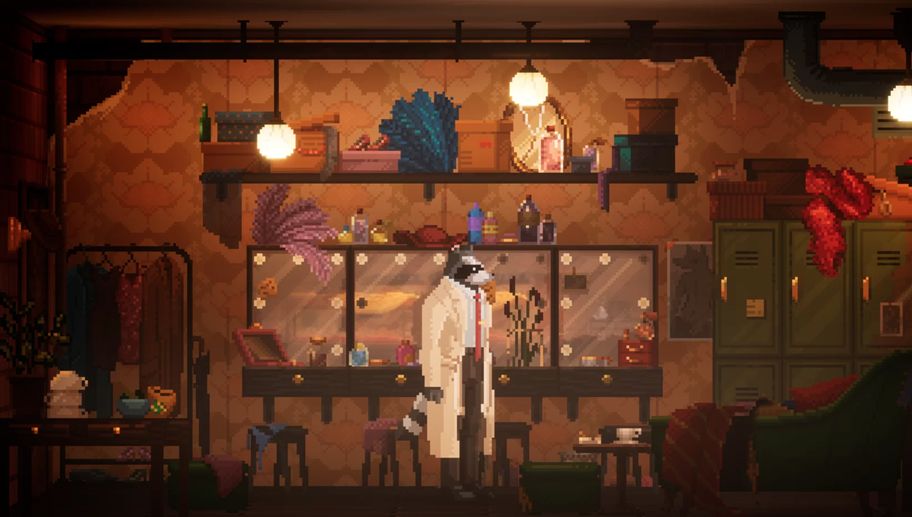
Yet while the game’s story is captivating, if somewhat jarring on occasion, one has to wonder as to the actual “game” part of Backbone. Despite presenting itself as an adventure puzzle games, Backbone features its best and arguably only true puzzle in its first 20 minutes. The rest of the game consists of pacing back and forth between environments and scrolling through dialogue trees. I know that the decisions players make within conversations are meant to have an impact on the story but if I’m, I have no idea how my decisions mattered. It’s a pet peeve of mine when a game reacts to a player’s decision but never actually communicates how it’s altering itself; if I don’t know what impact I’ve had on the story, it just seems like a linear story.
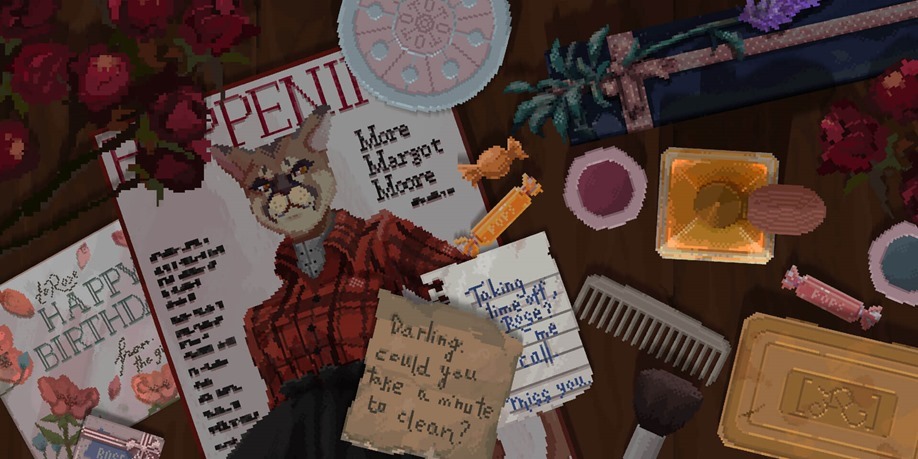
Backbone does itself a disservice by describing itself as an adventure game because it’s much closer to a visual novel. Most of the game will be spent scrolling through dialogue options, which isn’t a bad thing at all. It’s just when the promise of interesting puzzles are initially teased (that first puzzle is really good!) and then never followed up… well, it’s disappointing to say the least. Every subsequent puzzle simple turns into, “I need this thing, so let me walk to the left or right of the screen until I find the thing.” Which just isn’t all that engaging.
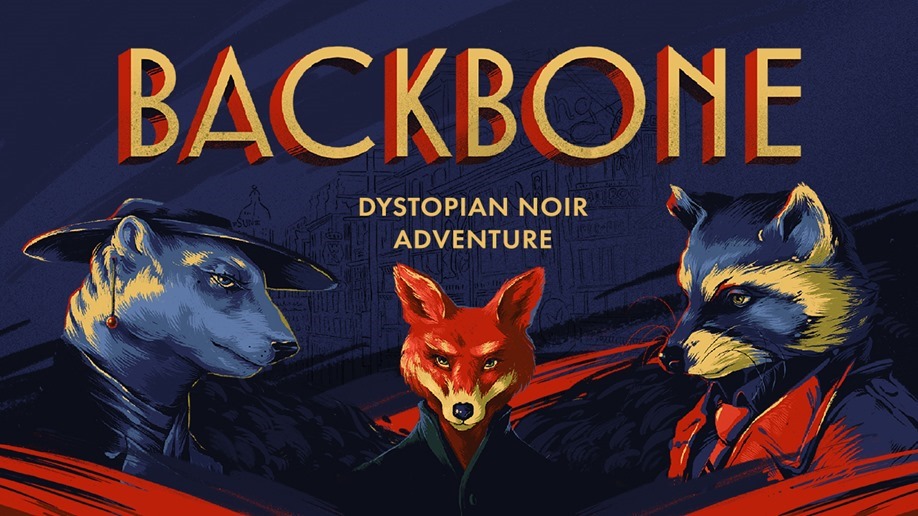
It’s lucky for Backbone then that it’s story and characters manage to carry it through the dirges of disappointment. While the gameplay is generally underwhelming, the visualisation of this weird iteration of Vancouver and the sad, hopeless folks that inhabit it kept me pushing forward to eventually see the conclusion. While Backbone might not be the most mechanically interesting or unique adventure game, it does tell a tale of woe, sadness and desperation better than most. It’s a noir story with a bizarre secret hidden underneath its trench coat; some might critcize it for veering off the path so suddenly, but I appreciated the weird concepts it eventually adopted. Even if the final product did remind me just a little too much of Disco Elysium.
Last Updated: June 17, 2021
| Backbone | |
|
Backbone presents the player with an intriguinging world, populated by interesting characters that drive it’s often depressing and strange story home to what feels like an eventually inevitable conclusion. It’s just a pity that the minute-to-minute gameplay is not only uninspired, but it’s also rather boring.
|
|
|---|---|
| Backbone was reviewed on PC | |
|
| |




















